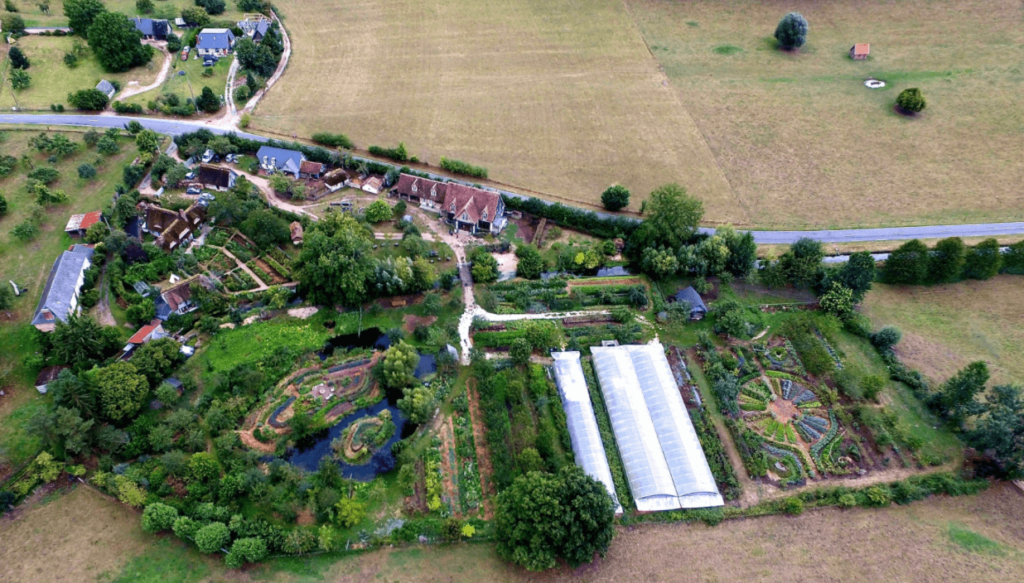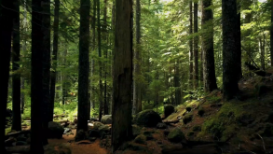Every six seconds the world loses a soccer field equivalent (1.76 acres) of primary forests. This is no surprise since almost 50% of the world’s economic activity is involved in nature destruction activities according to a study by the World Economic Forum. Direct causes of deforestation include unsustainable agricultural expansion, wood extraction (e.g., logging or wood harvest for domestic fuel or charcoal), and infrastructure expansion such as road building and urbanization. Rarely is there a single direct cause for deforestation. Most often, multiple processes work simultaneously or sequentially to cause deforestation. The impact of deforestation is now becoming widespread with a rise in global temperatures resulting in the accelerated change of weather patterns that are causing floods, droughts, storms, etc. all over the world.
Agricultural reforms are a big part of the solution. It is estimated that we waste a third of the food that we produce. That’s about 1.3 billion tons a year. In addition, a third of our agricultural land is used for animal feed. As the world gets more ‘modernized’ the land devoted to animal feed is expected to rise to cater to the growing demand of the dairy and meat industry.
The answers to resolve this complex issue are not straightforward and require a combination of public policy, awareness, capital, human behaviour change, etc. However, one of the important aspects for the policy makers to consider is our legislative reforms and furthering environmentally friendly agricultural practices such as agroforestry. Agroforestry is the intentional integration of trees and shrubs into crop and animal farming systems to create environmental, economic, and social benefits. There is a lot of work happening all over the world in advancing agroforestry-based solutions.
1. Alley Cropping
Alley cropping involves planting crops between rows of trees. The system can be designed to produce fruits, vegetables, grains, flowers, herbs, bioenergy feedstocks, and more.
2. Multi-story Cropping
The practice of multi-story cropping is based on creating a complimentary ecosystem of trees and shrubs under a forest canopy at different heights to grow food, herbal, botanical, or decorative crops. By providing ideal shade levels to the botanicals, a flourishing biodiverse economically viable forest system can be created.
3. Silvo Pasture
Silvo pasture combines trees with livestock and forage on one piece of land. The trees provide timber, fruit, fodder, or nuts as well as shade and shelter for livestock and their forages, reducing stress on the animals from the hot summer sun, cold winter winds, or a downpour.
4. Riparian Forest Buffers
Riparian forest buffers are natural or re-established areas along rivers and streams made up of trees, shrubs, and grasses. These buffers can help filter farm runoff while the roots stabilize the banks of streams, rivers, lakes and ponds to prevent erosion. These areas can also support wildlife and provide another source of income.
5. Windbreaks
Windbreaks shelter crops, animals, buildings, and soil from wind, snow, dust, and odours. These areas can also support wildlife and provide another source of income. They are also called shelterbelts, hedgerows, vegetated environmental buffers, or living snow fences.
So, if you are wondering how can you influence this change towards more widespread agroforestry practices, here are a few suggestions:
1. Become a lot more aware and conscious of your consumption choices. Start reading food labels of the products that you buy and make a deliberate shift towards products that are more upfront about their production and sources of origin.
2. Start asking your elected representatives about how agroforestry in your region is being encouraged. Often change begins when you ask for it!
3. If you happen to be directly involved in agriculture and food production start developing and implementing agroforestry practices and set an example!
Did you enjoy this article?
Share with friends to inspire positive action.







